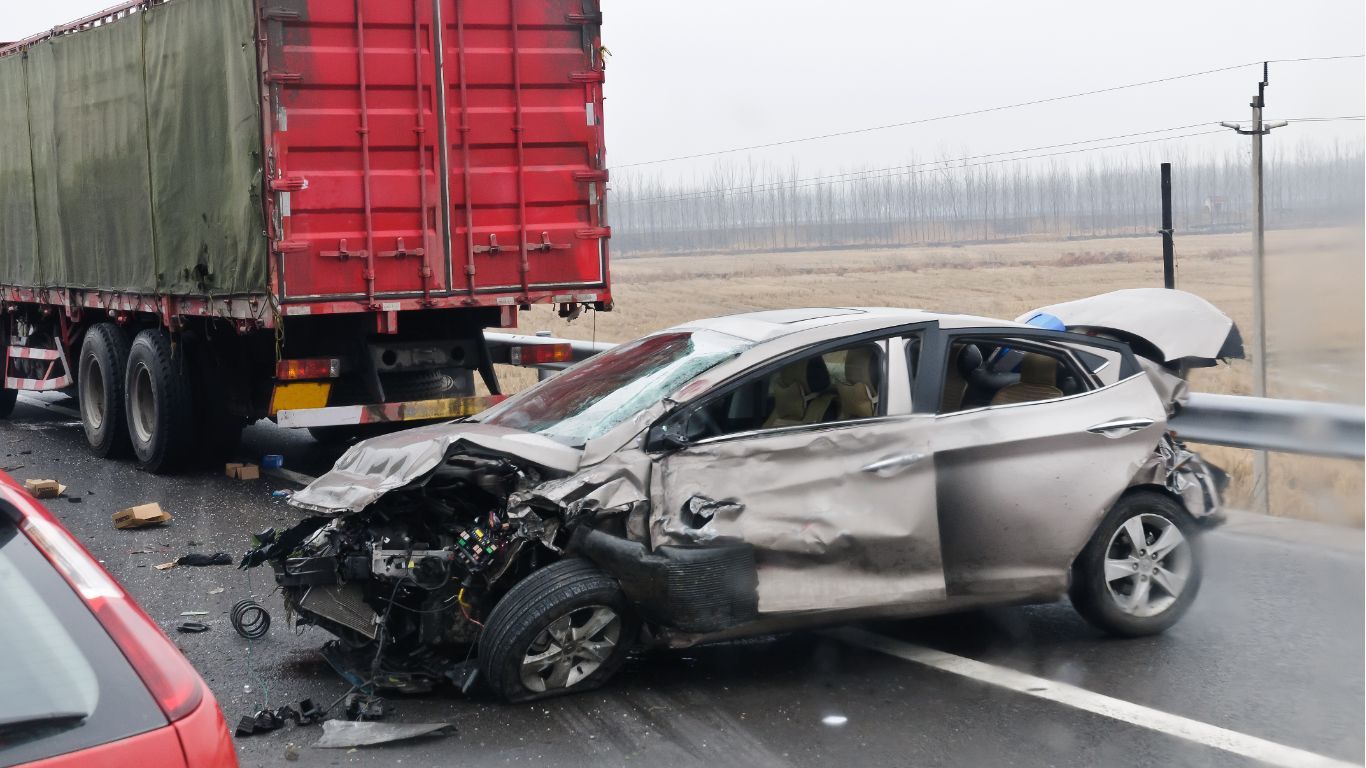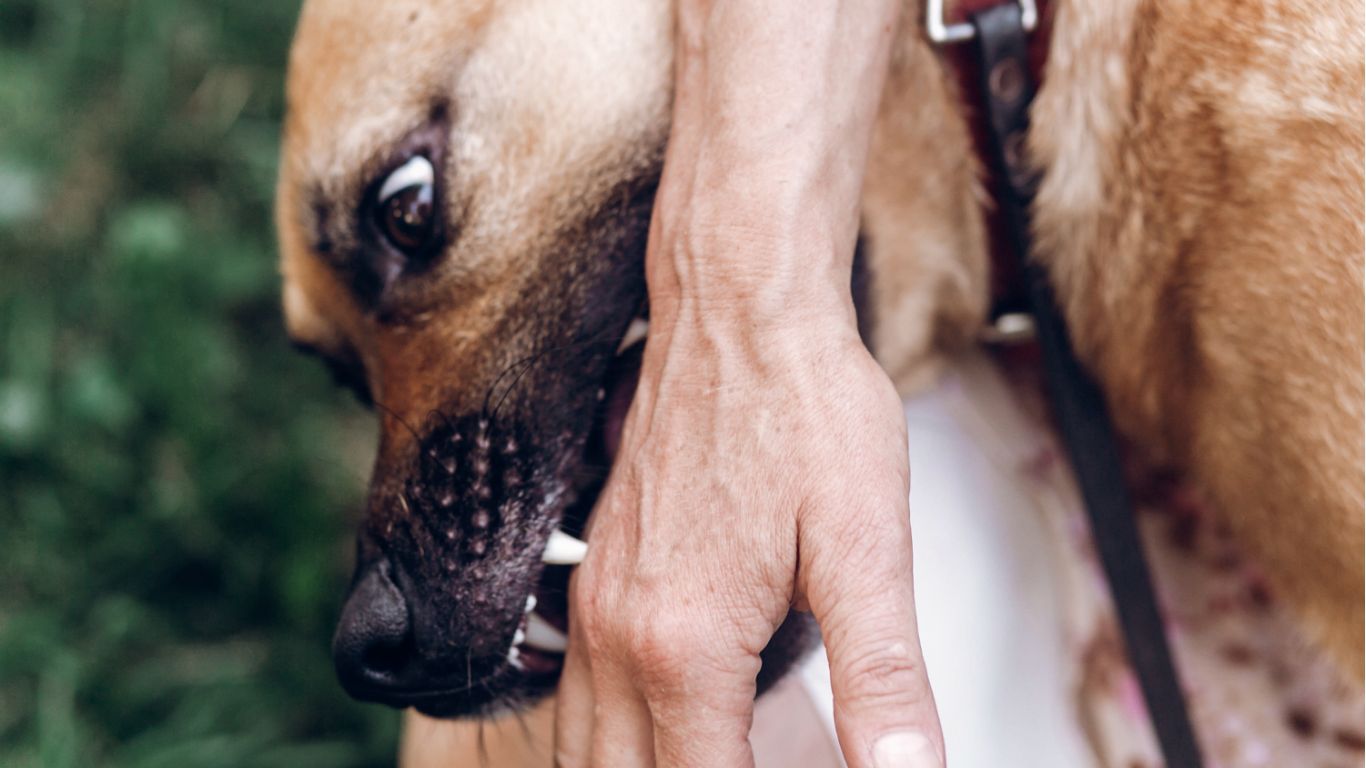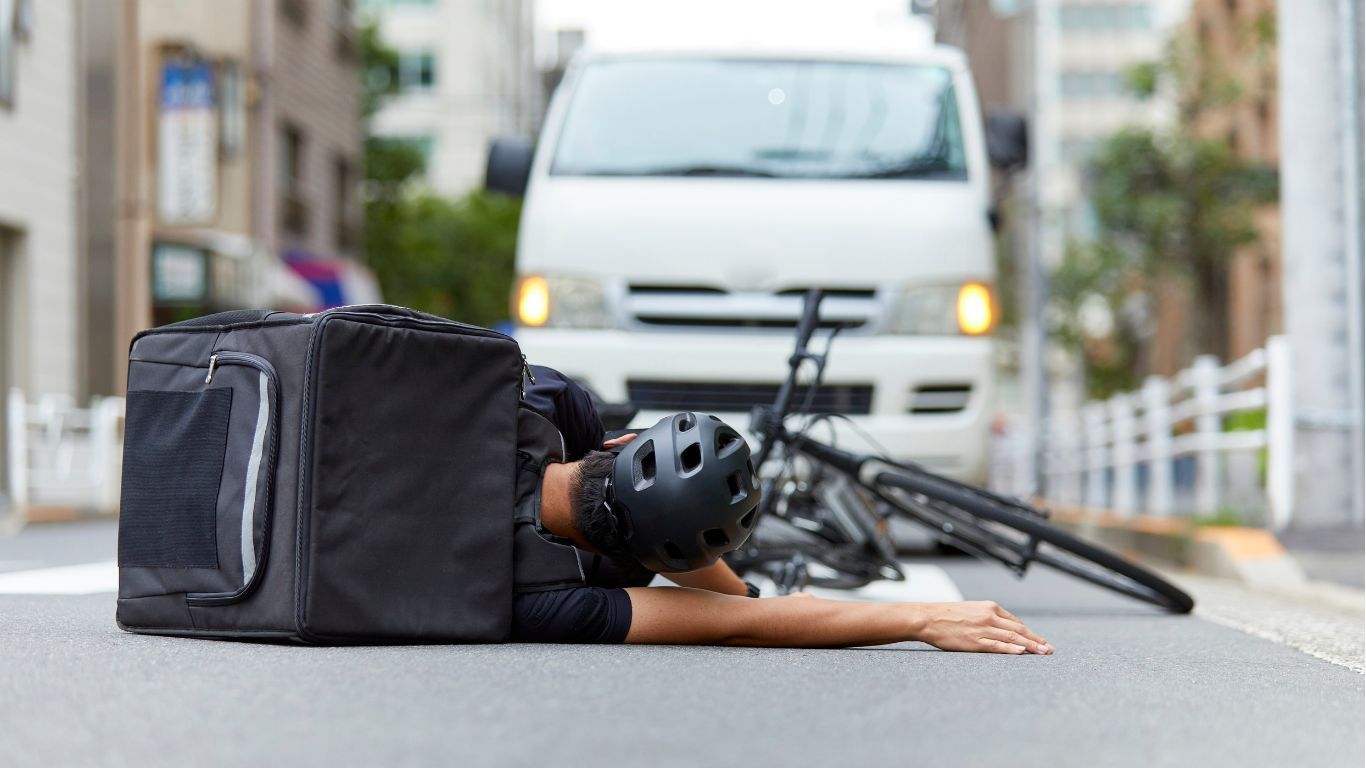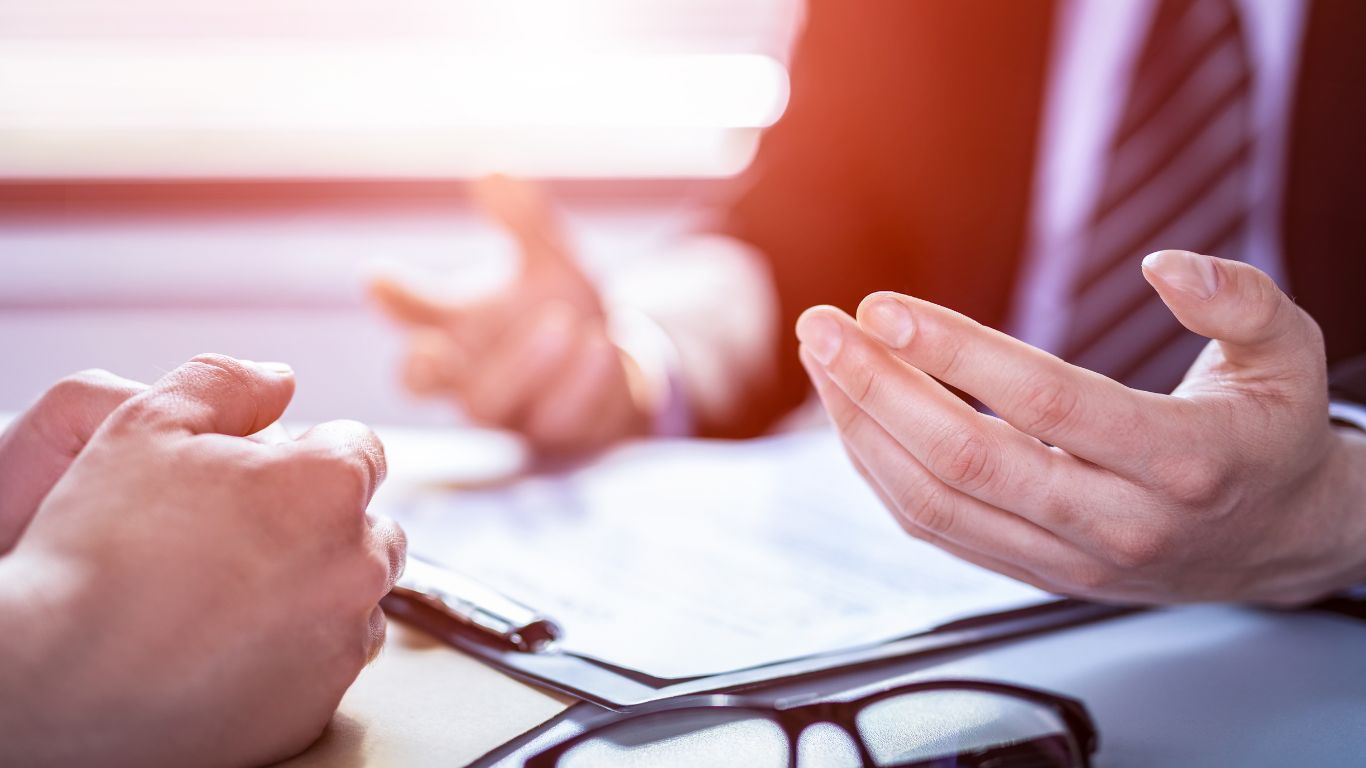When Is a Property Owner Liable? Understanding Premises Liability with a Slip and Fall Attorney
Slip and fall accidents aren’t just painful—they can leave you with mounting medical bills, missed work, and a long list of questions. One of the biggest: “Is the property owner responsible for my fall?”
If you’re asking that question, you’re not alone. Determining liability in a slip and fall case isn’t always black and white, and property owners often try to shift the blame. That’s why working with an experienced slip and fall attorney is so important.
In this article, we’ll break down what “premises liability” actually means, when a property owner can be held responsible, and how a skilled attorney like those at The Selvin Law Firm can help you recover the compensation you deserve.
What Is Premises Liability?
At its core, premises liability is a legal concept that holds property owners (or tenants, landlords, or managers) responsible for keeping their property safe for visitors. If they fail to do so and someone gets hurt as a result, they may be liable for the injuries.
This concept is the foundation of most slip and fall lawsuits. Whether it’s a grocery store that failed to mop up a spill or a landlord who ignored a broken staircase, premises liability law is what determines whether a case is valid.
In New York, liability can arise from many types of dangerous conditions, including:
- Wet or slippery floors
- Uneven sidewalks or flooring
- Poor lighting
- Broken handrails
- Debris or obstacles in walkways
- Ice and snow that wasn’t removed in a timely manner
A qualified slip and fall attorney will assess whether the property owner violated their legal duty and whether that failure directly caused your injuries.
Legal Standards Property Owners Must Follow in New York
New York law requires property owners to take “reasonable care” to maintain their premises. This duty of care extends to invitees (like customers), licensees (such as guests or contractors), and sometimes even trespassers, depending on the situation.
Here’s what that typically includes:
- Regular inspections to identify potential hazards
- Prompt repairs or warnings when unsafe conditions are found
- Adherence to building and safety codes
- Winter weather maintenance like shoveling snow and applying salt
If a property owner fails to meet these responsibilities, and someone is hurt as a result, the law may consider it negligence.
For example, if a store knew (or should have known) about a spill in an aisle and did nothing about it for over an hour, they may be liable for any resulting injuries.
To prove this kind of liability, you need evidence—and that’s where a law firm like The Selvin Law Firm, PLLC comes in.
Conditions That Establish Liability
Not every fall is the result of someone else’s negligence. But in many cases, dangerous property conditions are to blame—and these conditions are legally actionable.
Common hazardous conditions that can establish liability include:
- Unshoveled snow or black ice on sidewalks and parking lots
- Cracked or broken stairs
- Wet floors without warning signs
- Rugs that slide or curl up at the edges
- Inadequate lighting that makes it hard to see hazards
- Improperly secured cords or wires
The key to establishing liability is proving the owner knew (or should have known) about the danger and failed to correct it.
Let’s say a tenant in an apartment complex repeatedly complains about a loose tile in the hallway, and nothing is done. Two weeks later, someone trips and falls. That’s a textbook example of constructive notice—the owner should have known and had time to fix the problem.
A slip and fall attorney will investigate whether the owner had actual or constructive notice, and build a case from there.
When Is a Property Owner Not Liable?
Not every fall is legally actionable. Sometimes, a property owner may not be found liable under the law. Here are a few scenarios where liability may not apply:
1. The condition was open and obvious
If the hazard was clearly visible and a reasonable person would have avoided it, courts may rule that the victim was primarily at fault.
2. The victim was trespassing
Property owners generally owe less of a duty to trespassers—unless the owner intentionally created a hazard.
3. The victim ignored warning signs
If there was clear signage (e.g., “Caution: Wet Floor”) and someone ignored it, that can reduce or eliminate liability.
4. Comparative negligence
New York follows pure comparative negligence rules, which means you can still recover damages even if you’re partly at fault—but your compensation is reduced by your percentage of blame.
A skilled lawyer can push back against exaggerated claims of comparative negligence. At The Selvin Law Firm, we regularly dismantle defense arguments that try to shift the blame unfairly.
Proving Liability in a Slip and Fall Case
To win a slip and fall lawsuit, it’s not enough to say “I fell.” You must prove:
- A hazardous condition existed
- The property owner knew or should have known about it
- The owner failed to fix or warn about it
- The condition directly caused your injuries
Evidence is critical. This may include:
- Photos or videos of the scene
- Surveillance footage
- Witness statements
- Maintenance records
- Accident reports
- Medical documentation
At The Selvin Law Firm, PLLC, we conduct thorough investigations and partner with expert witnesses when needed. We’ll track down evidence quickly—before it disappears.
What Makes Slip and Fall Cases Hard to Win—And Why a Lawyer Matters
Slip and fall claims aren’t always easy. In fact, they’re some of the most contested personal injury cases, especially in New York.
Insurance companies often claim:
- The hazard was too obvious to miss
- The victim was distracted or clumsy
- The owner didn’t have enough time to fix the problem
- The injuries are exaggerated or pre-existing
That’s where experienced litigation strategy matters. The attorneys at The Selvin Law Firm have handled hundreds of slip and fall claims and know exactly how to counter these tactics.
Our team understands how to prepare a case for settlement—but we’re also fully ready to go to trial if that’s what it takes.
Realistic Compensation You May Be Entitled To
If a property owner is found liable, the next question becomes: What is the case worth?
Every case is different, but typical compensation categories include:
Economic damages:
- Medical bills (past and future)
- Physical therapy and rehab
- Lost wages
- Loss of future earning capacity
Non-economic damages:
- Pain and suffering
- Emotional distress
- Loss of enjoyment of life
Some cases may also involve punitive damages, but only in extreme cases of reckless disregard.
The attorneys at The Selvin Law Firm, PLLC fight for the maximum possible recovery, taking into account not just what you’ve already lost—but what you may continue to lose over time.
The Selvin Law Firm’s Approach to Slip and Fall Liability Cases
We’re not just legal professionals—we’re advocates. With over 30 years of experience and a 92% success rate, The Selvin Law Firm has helped thousands of injured New Yorkers fight back against negligent property owners.
Here’s how we help:
- In-depth investigations and on-site visits
- Handling all communication with insurers
- Connecting you with medical professionals for proper care
- Strategic settlement negotiation
- Aggressive trial advocacy when needed
Our team has secured millions in verdicts and settlements for slip and fall victims. We’ve won cases involving:
- Grocery stores with wet floors
- Apartment buildings with broken stairs
- Icy sidewalks outside office buildings
- Retail stores with poor lighting
When your health and finances are on the line, you need more than just legal advice. You need a team that’s ready to fight—and win.
Why You Shouldn’t Wait to Speak with an Attorney
In New York, the statute of limitations for filing a slip and fall lawsuit is three years. But if your injury occurred on government property, the deadline may be as short as 90 days.
That’s why it’s critical to act fast.
The sooner you contact a slip and fall attorney, the sooner we can:
- Preserve evidence (like surveillance footage)
- Interview witnesses while their memory is fresh
- Stop insurers from taking advantage of you
Don’t let a delay cost you your case.
Conclusion: Don’t Wonder If You Have a Case—Know for Sure
If you’ve been hurt in a slip and fall, don’t guess whether the property owner is liable. And don’t let the insurance company decide what your case is worth.
Let a proven team like The Selvin Law Firm, PLLC give you answers—and fight for the compensation you deserve.
Whether your fall happened at a store, apartment building, office, or sidewalk, our attorneys can evaluate your case and help you take the next steps.
📞
Call now at (516) 992-0805
📅 Or
request a free consultation online
SHARE POSTS:
Leave a Comment
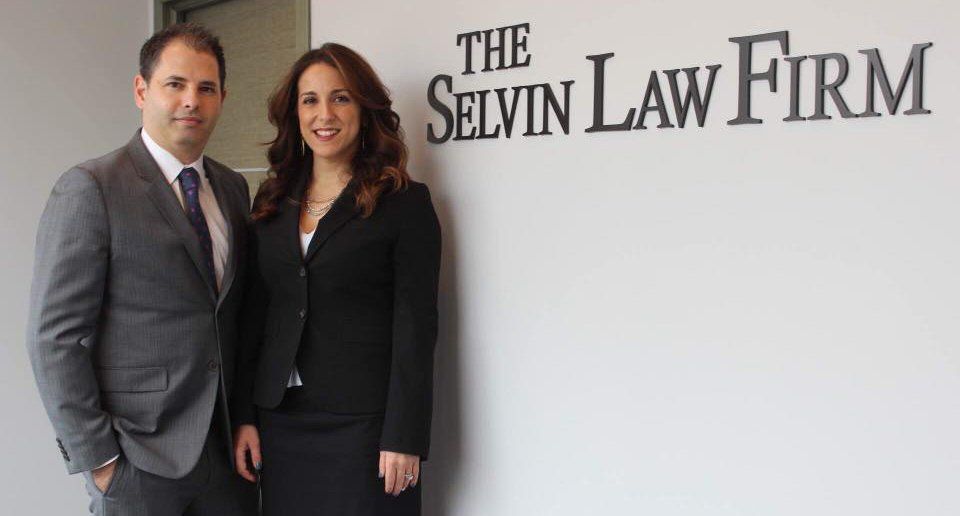
The Selvin Law Firm, PLLC
We bring each client a combination of deep industry knowledge and expert perspectives from other industries on the challenge at stake.
Categories
• Medical Malpractice
• Car and truck accidents
• Slips trips and falls
• Dog Bites
• Pedestrian Accidents
• Construction Accidents
• Premises Liability
• Nursing Home Negligence
Recent Posts

10 Compelling Reasons Why The Selvin Law Firm is Your Best Choice for Personal Injury Representation
Newsletter



